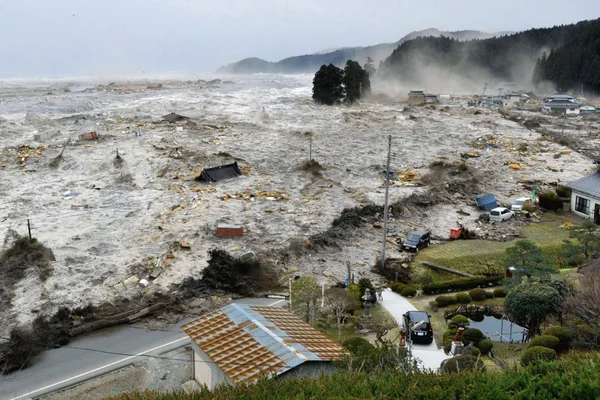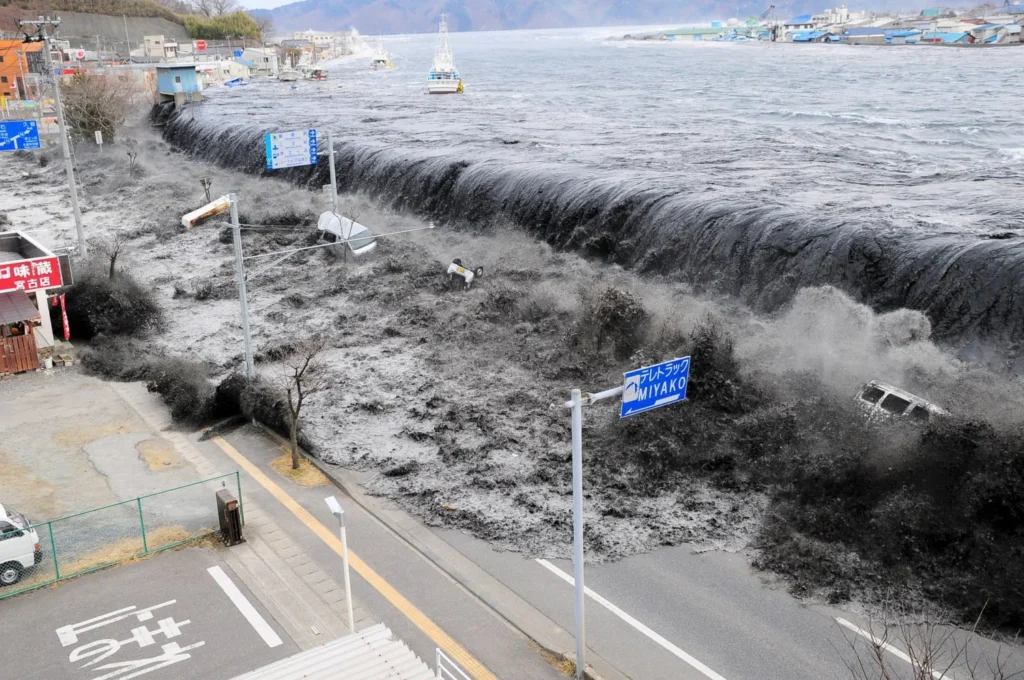Japan recently faced a 7.6-magnitude earthquake, prompting tsunami warnings and evacuations along its coastal areas, highlighting the country’s vulnerability to natural disasters.
What is a tsunami?
- A tsunami, derived from the Japanese term for “harbor wave,” is a series of ocean waves caused by underwater earthquakes or volcanic eruptions.
- These waves are formed by the sudden displacement of a large volume of water due to movements in the ocean floor or volcanic activity.
- Tsunamis can travel at high speeds in deep water, resembling the velocity of jet planes, and grow taller as they approach shallower coastal areas.
Why does it keep forming in Japan?
- Japan’s location along the ‘Pacific Ring of Fire’ makes it highly susceptible to earthquakes and tsunamis.
- The convergence of multiple tectonic plates, including the Pacific, Eurasian, and Indo-Australian Plates, in this region leads to frequent seismic activity.
- Japan’s complex coastline and topography, with its steep inclines and faults, exacerbate its vulnerability.
Historical Context:
- Japan has a history of devastating natural disasters, such as the 2011 earthquake and tsunami, which resulted in significant loss of life and the Fukushima nuclear disaster.
- The country has experienced various natural calamities, including typhoons, heavy snowfall, and earthquakes, due to its climatic and geographical conditions.
Japan’s Response to Natural Disasters:
- Post-World War II, Japan has been proactive in enhancing its disaster prevention and response mechanisms.
- Steps include research into disaster prevention, continuous improvement of systems and facilities, and construction projects aimed at bolstering defenses.
- Japan focuses on emergency measures, recovery operations, and advancements in communication and information systems to mitigate disaster impacts.
Ref: Source
| UPSC IAS Preparation Resources | |
| Current Affairs Analysis | Topperspedia |
| GS Shots | Simply Explained |
| Daily Flash Cards | Daily Quiz |



